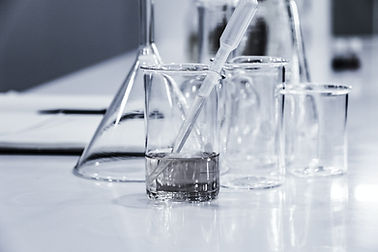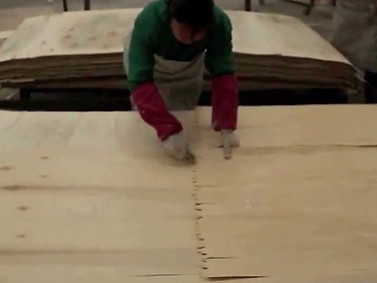

Process
We hold ourselves to the highest standard and believe in full transparency within our team and with our customers. For that reason, our production process includes many rigorous practices and procedures to ensure the end result is the best it can possibly be. Take a look at our process below.

01
Wood Blocking
The logs are removed from the pond and cut according to the production plan and specific customer requirements.
02
Cooking
The cut logs are cooked for 12 hours at a pre-set temperature of 60-80 °C. Cooking is done to remove starch and to kill microscopic organisms.


03
Peeling
The cooked log is then peeled to the required thickness on the peeling machine.
04
Reeling
The veneer is then reeled and taken to the clipper machine.


05
Clipping
The clipping machine cuts the veneer into the required dimensions.
06
Drying
The dryer reduces the moisture content. Drying is done at a uniform temperature and also destroys microorganisms that may have survived the cooking process.


07
Resin
In-house production of resin ensures uniform bonding.
08
Lab
Every batch of resin and plywood is tested in a well-equipped laboratory by trained scientists.


09
Gluing and Assembly
Wide cross-core veneer and long panel veneer are layered and glued to give the plywood greater strength and dimensional stability.
10
Pre-press
Pre-press is a unique process, as it expands and stabilizes the layer to give a warp-free product. It also ensures a uniform spread of specially formulated chemicals within the layers.


11
Hot-press
Each board is put separately into automatic hot-press for polymerization at a pre-set temperature. This ensures uniform density at all points in the plywood. After hot-pressing, the boards are then cooled for 24 hours.
12
Dimensional Cutting or Trimming
The boards are trimmed horizontally and vertically. A unique technique of pre-cutting is used before the final cutting to ensure dimensional accuracy.


13
Sanding
Surface sanding is done in an automatic wide-belt sanding machine. This gives a smooth surface to the plywood, which gives a good surface finish, required for interiors.
14
Inspection
The plywood then comes in for the final quality inspection.


15
Chemical Treatment
To further make the plywood borer and termite-proof, it is then given a special chemical treatment, before the dispatch.
16
Dispatch
The plywood is then loaded and dispatched to various destinations.

Our Entire Process:

.png)